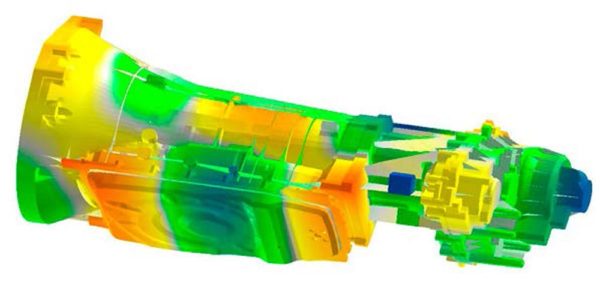NVH
GRSL Quality Center: Speeding the Way to Quieter Gears
Gleason’s GRSL Quality Center brings fast gear inspection to the shop floor for higher quality gears
Read More
The Evolution of Gear Dynamics and Gear Noise
Raj Singh reflects on the short courses and gear research at Ohio State University
Read More















